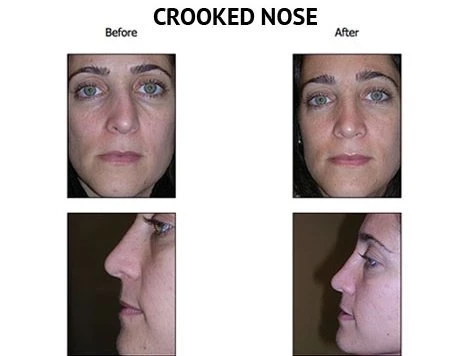Surgical reshaping of the nose, also known as rhinoplasty (RIE-no-plas-tee), is a common cosmetic procedure. Rhinoplasty can be performed for cosmetic reasons or to help with breathing issues. With rhinoplasty, you can alter your nose's size, shape, and proportions. It can be used to fix injuries, fix birth defects, or help with breathing problems. Even though the risks and adverse effects of a rhinoplasty are often low people go for revision rhinoplasty expert for addressing unwanted results if any arises. Here are some of the most frequently reported side effects include:
Pain: Patients undergoing rhinoplasty may anticipate some pain, although this often subsides within a few days and is well tolerated. Medicines are prescribed to aid with the discomfort, and most patients are able to transition to an over-the-counter solution within a couple of days.
Swelling: To some degree, swelling is an expected and natural aftereffect of rhinoplasty. During the treatment, the delicate tissue, cartilage, and bones in your nose will endure pretty severe manipulation and stress, creating swelling in the body’s effort to heal the damage.
Bruising: In addition to swelling, rhinoplasty patients may anticipate to suffer bruising for the first 7-10 days on average. Bruising around the eyes, or black eyes, is a typical and common adverse effect of rhinoplasty.
Scarring : Scarring happens after your rhinoplasty, however generally it will not be overtly evident. For instance, a closed rhinoplasty places the incision on the inside of the nostrils, where the scars are entirely concealed.


